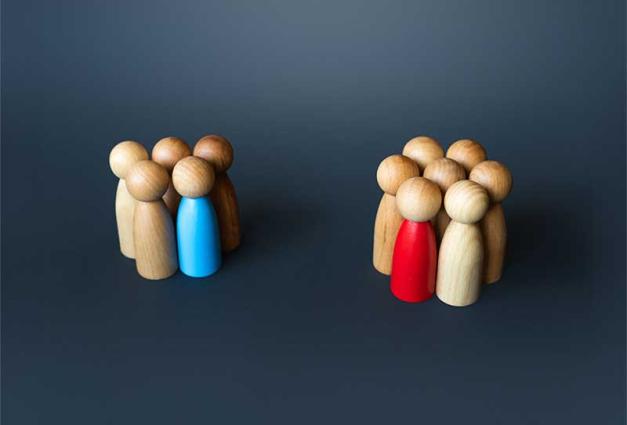People want to be happy. They use phone apps and self-help books to increase happiness and want to know who is happiest. They compile lists of the happiest countries in the world, the happiest states in the U.S., and the happiest stages in life. People talk about youth as the best years of life. But are people really happiest when they are young?
What do researchers mean by "happy"? Most researchers who study happiness want to know about positive emotions— such as happiness, calmness, contentment, and joy—and negative emotions—such as frustration, anger, sadness, and anxiety. Researchers often combine positive and negative emotions into a measure of overall measure of well-being, and happiness scores generally reflect more positive than negative emotional experiences.
Most research on happiness studies people of different ages at the same moment in time. This method reveals how different generational cohorts differ from one another, but it cannot tell if individual people change in happiness as they age. Maybe people who grew up years ago have different expectations or ideas about how they should feel and what they should tell others, and that is why older adults vary from younger adults. We wanted to know how emotional experiences change over time.
We asked over 2000 people who ranged in age from 24 to 95 years about the emotions they felt every day for eight days. They also reported the emotions they felt in the past week and in the past month. We asked these questions three times, with about ten years separating each wave of data collection.
Contrary to the belief that people are happiest when they are young, we found that older people are happiest. When we asked adults of different ages about their emotions, the oldest in the group often reported the highest levels of happiness and a lower level of negative emotions such as frustration and irritability.
Daily feelings of negative emotions decreased as people aged until they were in their mid-70s. Psychological distress—including feelings such as being so sad that nothing can cheer you up—declined in adulthood, remained fairly stable in mid-life—when people were in their 40s and 50s, and sometimes increased later in life.
When we looked at positive emotions, such as feeling content, cheerful, or excited, we saw a different picture of age. In contrast to cross-sectional studies showing that older adults are the happiest, we found that positive emotions remained fairly stable for people in their twenties and thirties but decreased slightly over time for those midlife and older.
Our study didn't examine why people feel the way they do, but other studies suggest that as people age, they appraise the world as less threatening, and they often focus on the more positive aspects of their lives. These findings provide hope for many people that yes, with age, life does get better.
For Further Reading
Charles, S. T., Rush, J., Piazza, J. R., Cerino, E. S., Mogle, J., & Almeida, D. M. (2023). Growing old and being old: Emotional well-being across adulthood. Journal of Personality and Social Psychology, 125(2), 455–469. https://doi.org/10.1037/pspp0000453
Carstensen, L. L., & DeLiema, M. (2018). The positivity effect: A negativity bias in youth fades with age. Current Opinion in Behavioral Sciences, 19, 7-12. https://doi.org/10.1016/j.cobeha.2017.07.009
Susan Charles is Professor of Psychological Science and Associate Dean of Academic Programs in the School of Social Ecology at the University of California-Irvine. Her research examines social and emotional processes across the adult life span, and how these processes are related to differences in cognitive and physical and mental health.




